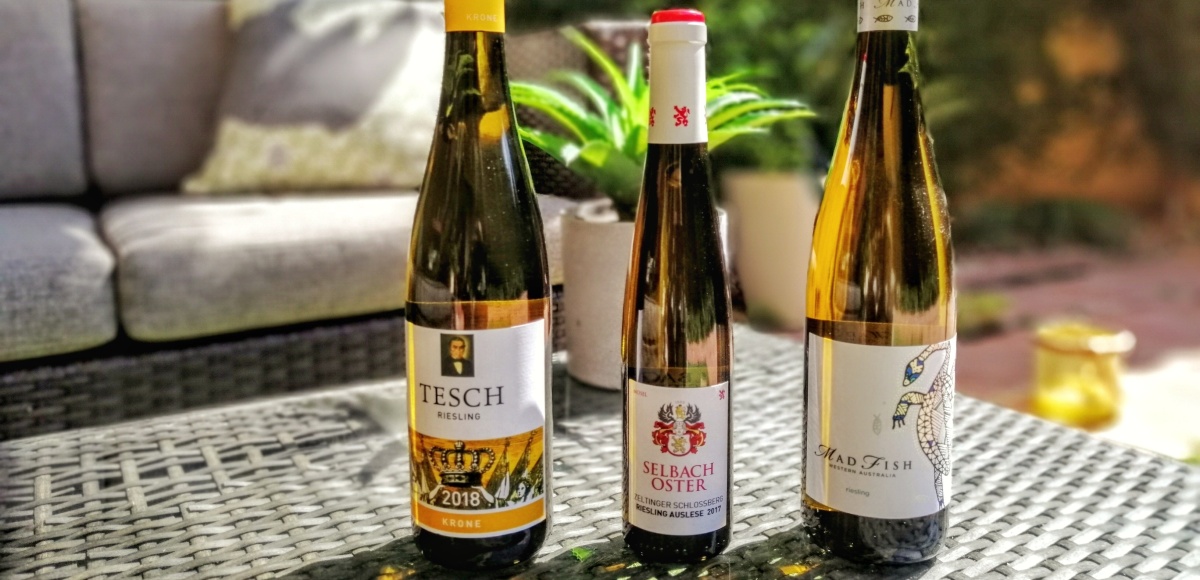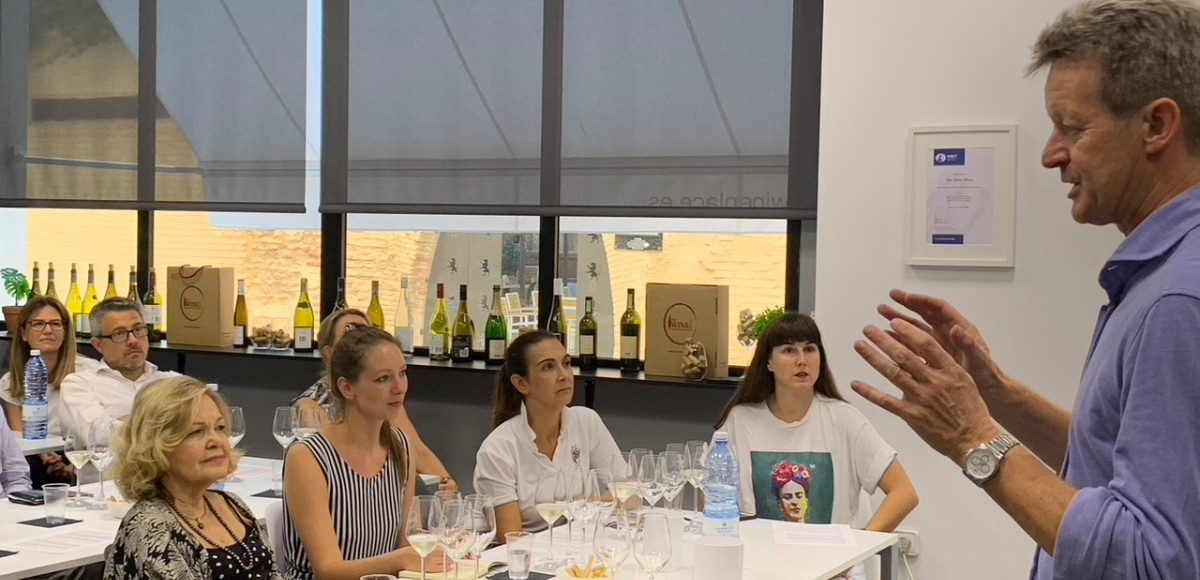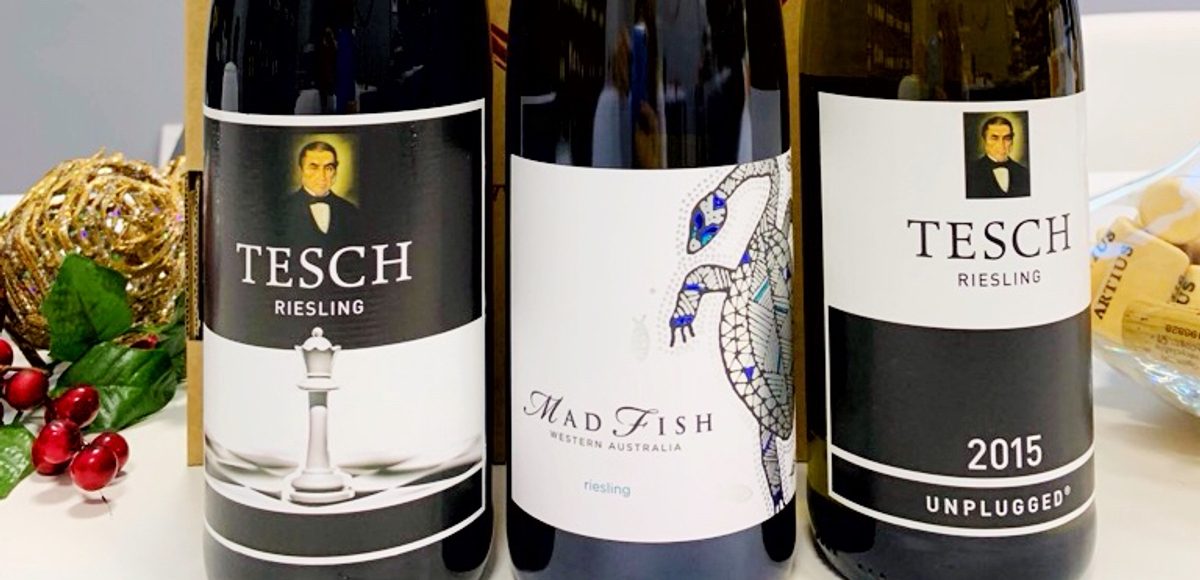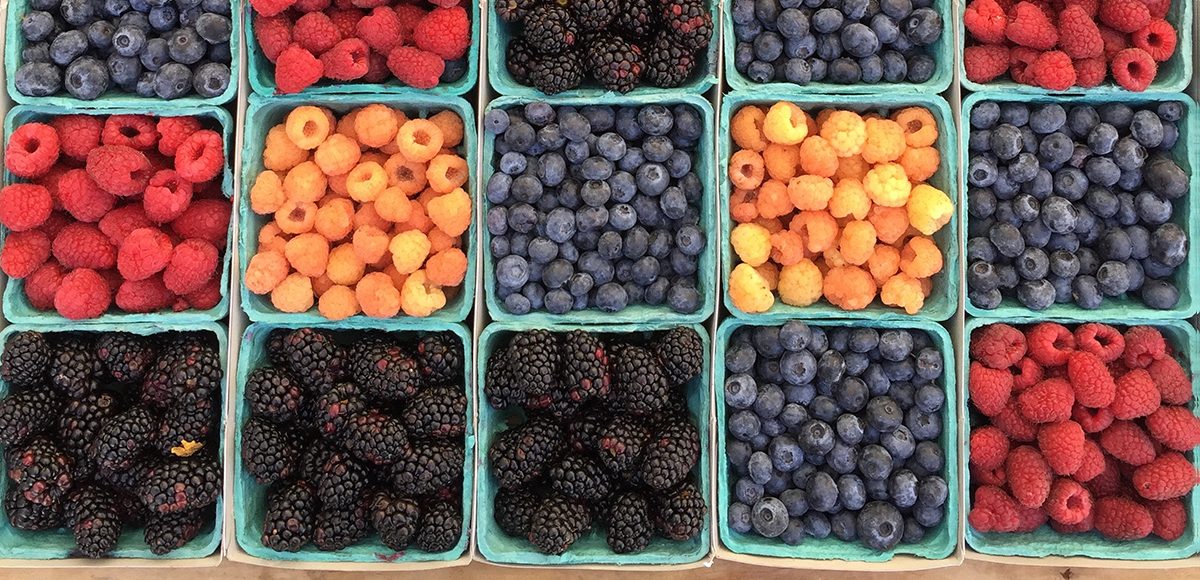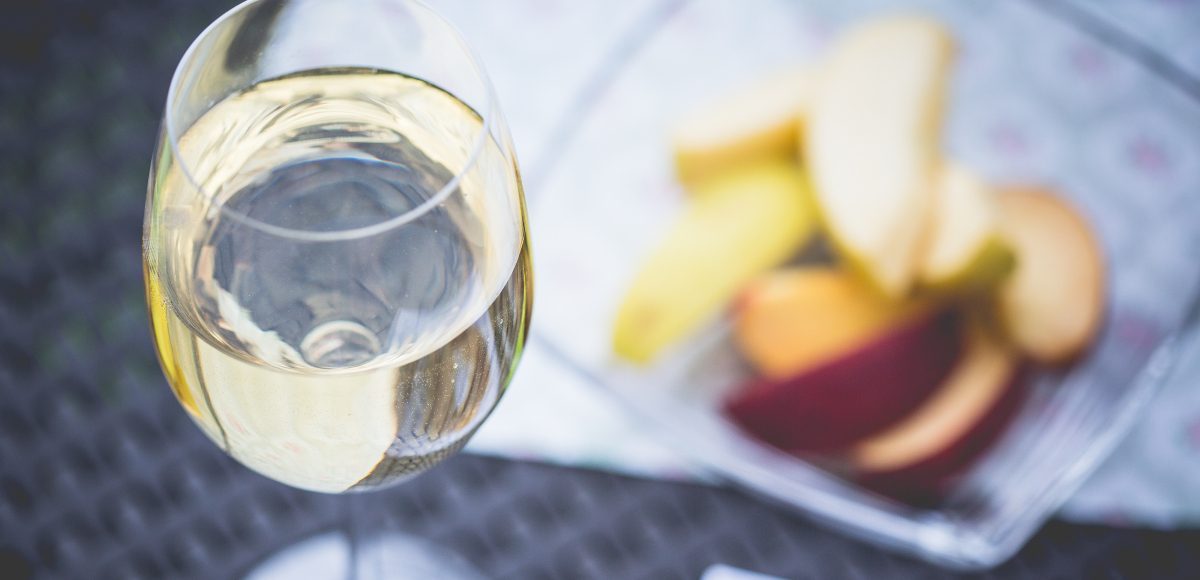Riesling is all about pure aromas and flavours without any influence from the use of oak or other techniques to enhance the flavours. Often when we talk about wines we want to describe the array of aromas and flavours, but Riesling smells and tastes of Riesling. This miraculous little berry can make wines that can be a joy to drink when young, yet have the character to evolve and improve with time in bottle. Fresh, floral, apple and lime flavours when young to honey, petrol and dried fruits when aged in bottle for many years. It is a grape that reflects the soils and microclimate where it is grown. It has a nervous energy like no other grape. It can also produce wines that are bone dry to lusciously sweet.
The home of Riesling is in Germany, on the steep vineyard slopes on the banks of the Mosel and Rhine River. It is a grape that is best suited to a cooler climate, this results in wines with lower alcohol but naturally high levels of acidity, which is key for ageing. You can find excellent Riesling in Alsace in France and in the Wachau region in Austria, where the wines tend to be dry and medium bodied, in fact here you can find wines that can rival the finest German Rieslings. In Australia, notably in Clare and Eden Valleys and Margaret River and also in the State of Washington in the USA.
If you are in a restaurant or wine bar you will certainly get the sommeliers attention if you ask for Riesling from one of the places that I mention above. It’s a grape that wine lovers get really excited about.
Riesling is probably the most versatile food wine because it can be very light with a firm acidity, making a great partner to everything from seafood, hors d’oeuvres, spicy asian dishes, deep fried foods and pork dishes. The sweeter styles of Riesling should be served with a sweeter dish or with cheese.
If what I say is true, why have many of you not tried a Riesling? As a grape it has an image problem, a hangover from the huge volumes of sweetened wines with piercing acidity from Germany in the 1980’s. Also, the language and classification of the wines make it incomprehensible for many people. German wines are classified by the ripeness of the grapes, which are divided into Kabinett, Spatlese, Auslese, all of which are dry to medium sweet, and then Beerenauslese, Trockenberenausle and Icewine, which are among some of the most stunning and expensive sweet wines in the world. If you have the chance I recommend that you try all of these wines to discover the depth of flavours that Riesling can offer.
When tasting a Riesling for the first time don’t rush trying to identify for aromas and give them name. To really enjoy it, as with any good wine, you have to let it come to you, relax and slowly it will reveal itself.






